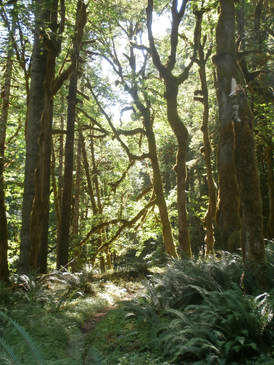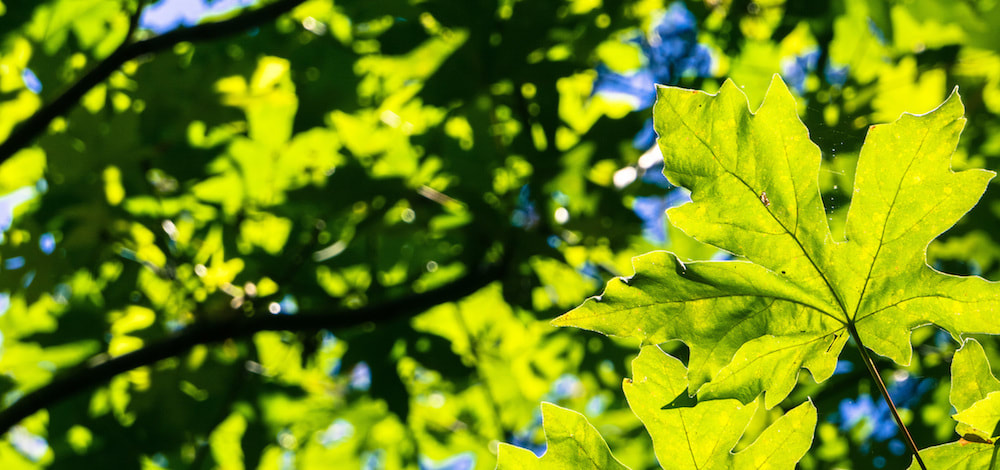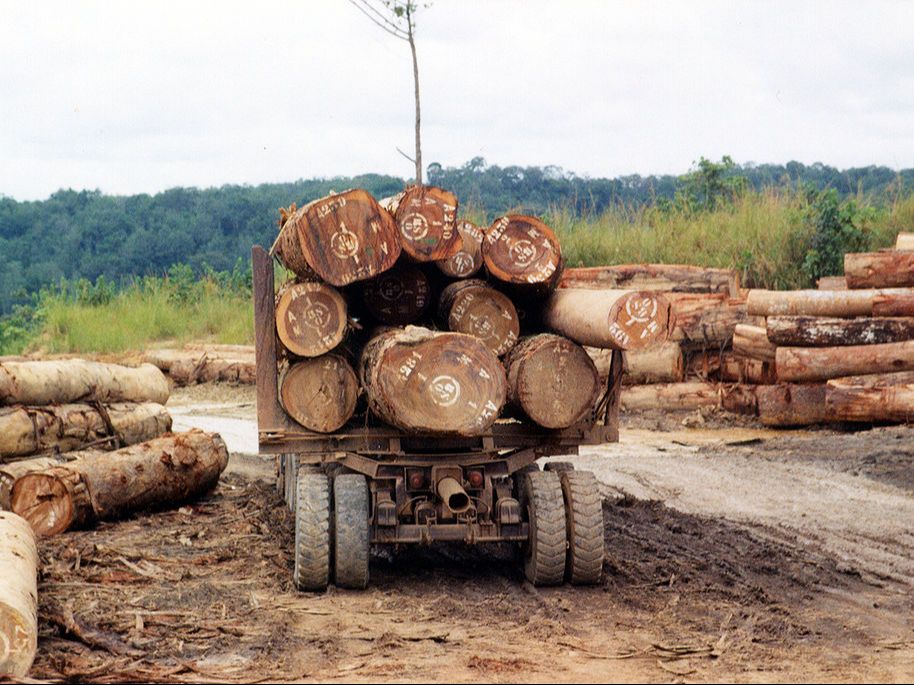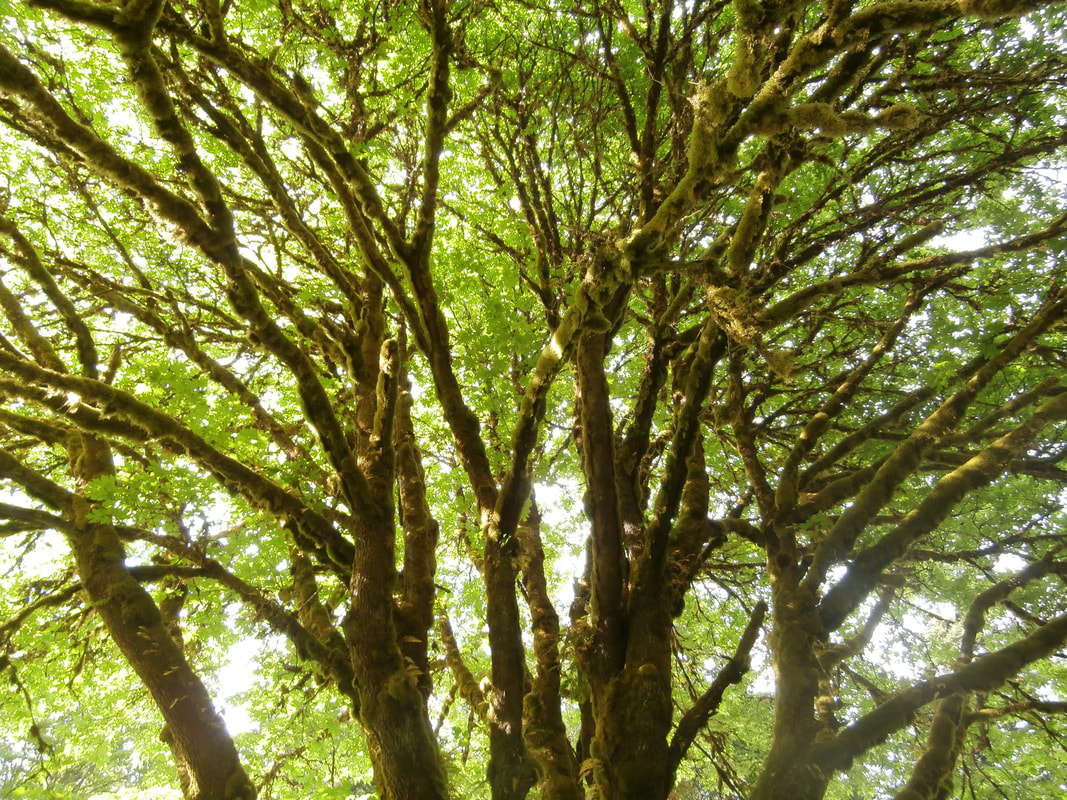TIMBER TRACKING
Data That Drives Change
The outdoor community is well positioned to collect tree tissue samples from far-flung locations on a large scale across a species’ geographic range. These samples will be used to build genetic reference libraries for high-value, commercial timber species across the globe. The developed libraries will enable scientists to identify the species and origin of traded wood products and aid customs officers in the forensic validation of a suspicious shipment. This will help officers enforce illegal logging legislation, empower responsible buyers, and thwart dishonest harvesters in the illegal timber trade.
Why Care About Timber Theft?
Timber theft is a pervasive global issue with grave ecological, economic, and social consequences. It is estimated that 15-30% of all wood on the international market has been illegally sourced.
When a tree is stolen, we lose far more than something nice to look at. Trees provide habitat for countless species, stabilize soil, and shade streams. They also sequester carbon from the atmosphere. Chopping them down both halts conversion of CO2 to oxygen and releases stored carbon as discarded roots and crowns decay. Together, legal and illegal deforestation account for around 10% of global carbon emissions.
Governments and responsible timber producers lose tens of billions of dollars of revenue annually to the illegal timber trade. Timber theft has been tied to organized crime, corrupt military actions, and the violation of indigenous rights.


What We’re Doing About It
In partnership with the U.S. Forest Service, Adventure Scientists is recruiting, training, and managing volunteers to gather tree tissue samples which researchers will use to develop genetic and other chemical-signature reference libraries.
The first phase of this project in 2018 focused on the bigleaf maple, a towering hardwood that grows along the Pacific coast of the United States and Canada. Because about one in 20 bigleaf maples possesses an incredibly beautiful wood pattern, these trees are targeted by timber thieves for their high value in the guitar and furniture trade.
From 2019 to 2020 volunteers collected samples from coast redwood, Alaska yellow-cedar, and western redcedar along the Pacific Coast of North America.
In 2021 volunteers in the eastern US collected black walnut samples across the entire species range. Stay tuned for 2022 updates on our next species!
What You Can Do Next


